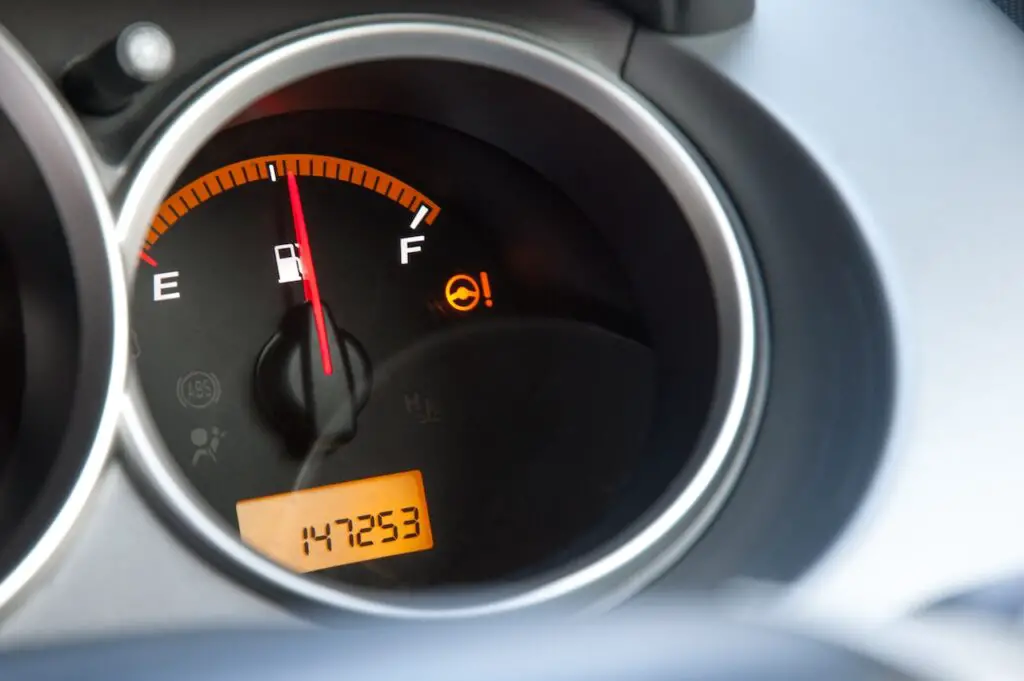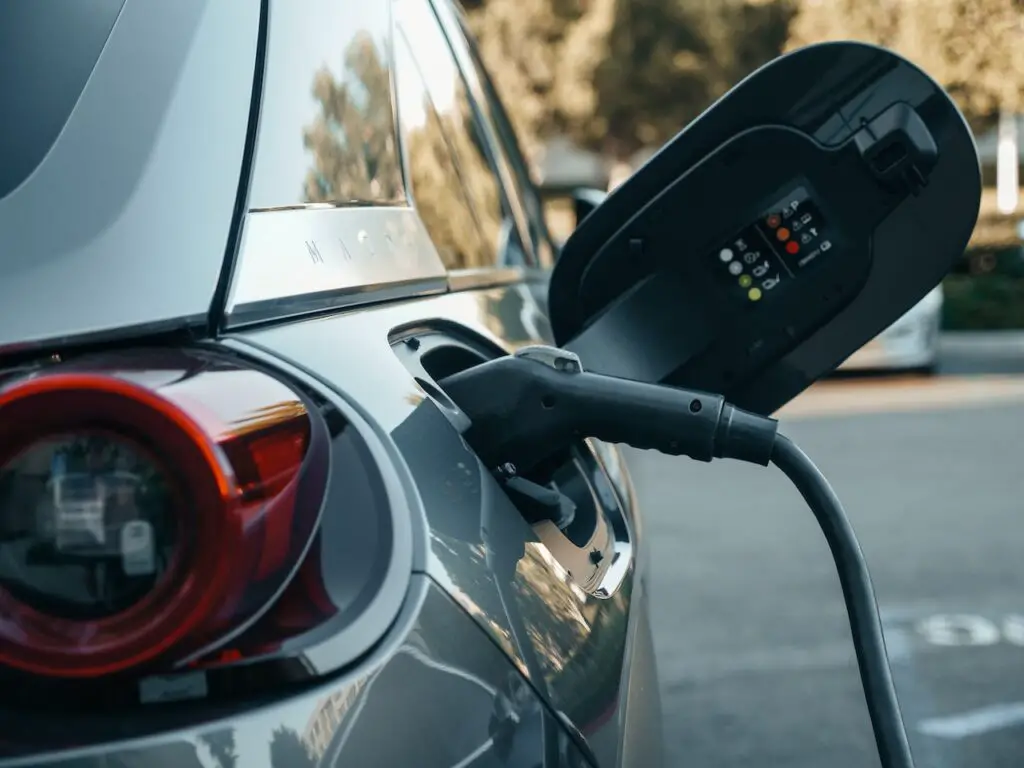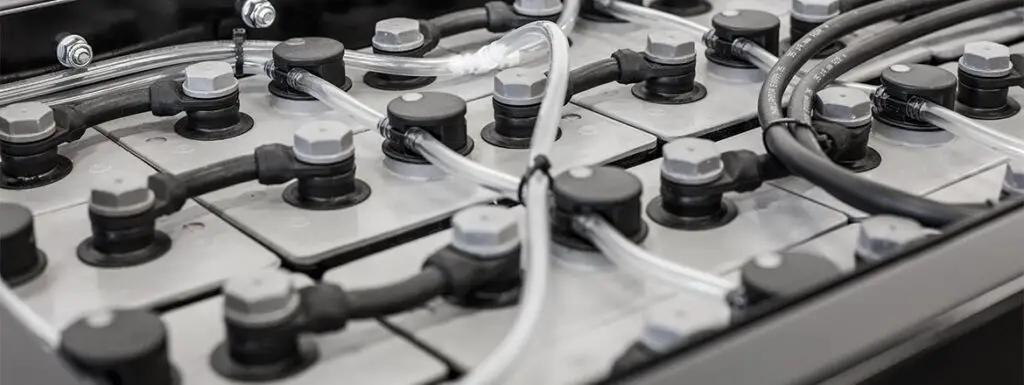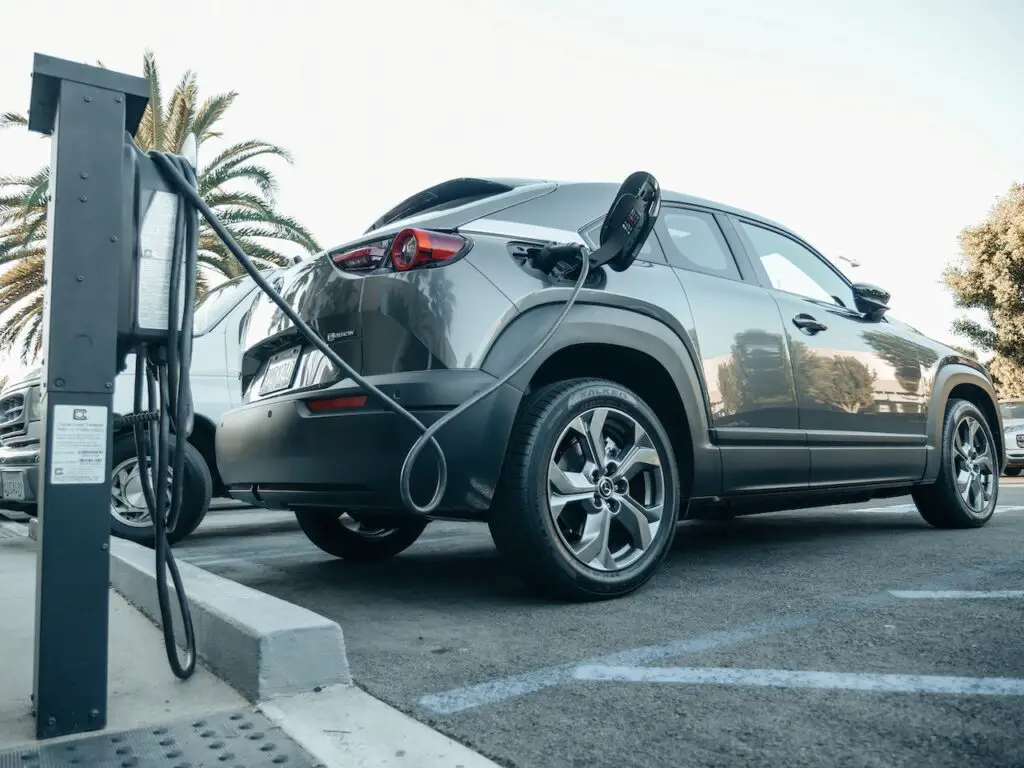EV Mode is a term that is becoming increasingly familiar to drivers of hybrid cars. It refers to the mode where the vehicle is powered solely by its battery, rather than the internal combustion engine (ICE) under the hood. This mode is designed to be used in specific situations where the driver wants to maximize fuel efficiency or minimize emissions.
While EV Mode is only available in hybrid and plug-in hybrid vehicles, it is an important feature that can help drivers save money on fuel and reduce their carbon footprint. By using this mode, drivers can take advantage of the electric power stored in their vehicle’s battery to travel short distances without using any gasoline or emitting any pollutants.
Understanding how EV Mode works and when to use it can be a bit confusing, but it is an important part of getting the most out of a hybrid vehicle. In this article, we will explore the basics of EV Mode, including how it works, when to use it, and the benefits it provides. Whether you are a seasoned hybrid driver or just curious about this innovative technology, this article will provide you with the information you need to make the most of your vehicle’s EV Mode.

What is EV Mode?
EV Mode, or Electric Vehicle Mode, is a feature found in hybrid and plug-in hybrid vehicles that allows the driver to operate the car solely on electric power. When EV Mode is engaged, the car’s combustion engine is turned off, and the vehicle runs on the electric motor and battery pack. This means that the car produces zero emissions and runs silently, making it an ideal option for short trips or in areas with strict emissions regulations.
It’s important to note that not all hybrid vehicles have an EV Mode feature. Some hybrids only use the electric motor to assist the gas engine, while others can operate on electric power alone for short distances. The range of the EV Mode feature can vary depending on the vehicle, with some models only able to travel a few miles on electric power, while others can go up to 50 miles or more.
When using EV Mode, drivers need to be aware of their battery level and plan accordingly. Once the battery is depleted, the car will switch back to the gas engine, and the driver will need to recharge the battery by driving or plugging it in. It’s also important to note that using EV Mode can reduce the car’s overall performance and acceleration, as the electric motor may not provide as much power as the gas engine.
How Does EV Mode Work?
EV Mode is a feature available in hybrid cars that allows the vehicle to run solely on electrical battery power. When EV Mode is engaged, the car’s engine is disengaged, and the vehicle is powered by the electric motor. This mode is particularly useful in stop-and-go traffic, where the car can use the electric motor to move at low speeds without burning any gasoline.
Most hybrid cars have a limited range in EV Mode, usually between one and two miles. This is because the battery capacity is limited, and the car must switch back to the gasoline engine once the battery is depleted. However, some newer hybrid cars have larger battery capacities and can run for longer distances in EV Mode.
EV Mode is typically engaged by pressing a button on the dashboard or center console. Once engaged, the car’s computer system will monitor the battery charge and switch back to the gasoline engine when necessary. Some hybrid cars also have a “EV Hold” feature that allows the driver to conserve the battery charge for later use.
It’s important to note that EV Mode is not the same as driving a fully electric vehicle (EV). While EVs run solely on battery power, hybrid cars still have a gasoline engine and can switch back and forth between gasoline and electric power as needed. However, using EV Mode can help reduce fuel consumption and emissions, making it a useful feature for eco-conscious drivers.
Benefits of EV Mode
EV Mode is a feature that allows drivers to operate their hybrid vehicle in electric-only mode, which can provide several benefits:
- Reduced Emissions: EV Mode produces zero tailpipe emissions, making it an environmentally friendly option for short trips.
- Fuel Efficiency: Using EV Mode can improve fuel efficiency and save money on gas, especially in stop-and-go traffic where the electric motor can be used more frequently.
- Silent Operation: EV Mode is almost silent, making it ideal for early morning or late night driving in quiet neighborhoods.
- Increased Range: By conserving battery capacity for later use, EV Mode can help extend the overall range of a hybrid vehicle.
Overall, EV Mode can provide a more efficient and eco-friendly driving experience for hybrid vehicle owners. However, it is important to note that the benefits may vary depending on the specific make and model of the vehicle, as well as driving conditions and habits.
Different Types of EV Modes
All-Electric Mode
The all-electric mode is a type of EV mode where the vehicle runs solely on electric power. This means that the vehicle does not use any gasoline or other fuel sources, but instead relies on its battery to power the motor. In this mode, the vehicle produces zero emissions, making it an eco-friendly option. However, the range of the vehicle is limited, and it may take longer to charge the battery than it would to fill up a gas tank.
Hybrid Mode
Hybrid mode is a type of EV mode where the vehicle uses both an electric motor and a gasoline engine to power the vehicle. In this mode, the vehicle can switch between the two power sources depending on the driving conditions. For example, at low speeds, the vehicle may rely more on the electric motor, while at higher speeds, it may switch to the gasoline engine. This mode provides the benefits of both electric and gasoline power, including improved fuel efficiency and range.
Gasoline Mode
Gasoline mode is a type of EV mode where the vehicle runs solely on gasoline power. This mode is typically used when the battery is low or when the driver needs to travel a long distance without stopping to charge the battery. While this mode provides the longest range, it also produces emissions and is less eco-friendly than the all-electric or hybrid modes.
Charging EV Mode
EV mode is a driving mode available in hybrid and PHEV cars that allows the car to run solely on battery power. However, in order to use EV mode, the battery must be charged. There are several ways to charge the battery in EV mode, including:
- Plugging the car into a charging station or wall outlet
- Regenerative braking, which uses the car’s kinetic energy to charge the battery
- Using a hybrid engine to charge the battery
When the car is plugged into a charging station or wall outlet, it can take several hours to fully charge the battery. However, some charging stations are equipped with fast-charging capabilities that can charge the battery in as little as 30 minutes.
Regenerative braking is a process that converts the car’s kinetic energy into electrical energy that can be used to charge the battery. When the car is in motion, the regenerative braking system engages, slowing the car down while simultaneously charging the battery.
Using a hybrid engine to charge the battery is another option. When the car is in hybrid mode, the engine can be used to charge the battery while the car is in motion. This is a more efficient way to charge the battery compared to plugging the car into a charging station or wall outlet.
Conclusion
EV mode is a feature available in hybrid vehicles that allows drivers to switch to electric vehicle mode. This mode enables the vehicle to use only the battery power to propel the car, resulting in better fuel efficiency and reduced emissions. However, it is important to note that EV mode is only recommended for specific scenarios, such as driving at low speeds or in urban settings with frequent stops and starts.
While EV mode is a useful feature for hybrid vehicle owners, it is not a substitute for fully electric vehicles. Battery electric vehicles (BEVs) are powered solely by batteries and electric motors and do not have an internal combustion engine. BEVs have larger batteries than hybrid vehicles and can travel longer distances on a single charge.
As electric vehicle technology continues to evolve, it is likely that EV mode will become more advanced and widely available. Some newer hybrid vehicles even have an EV-only range, allowing drivers to travel a certain distance solely on electric power. As more people switch to electric and hybrid vehicles, the benefits of EV mode will become increasingly apparent.




